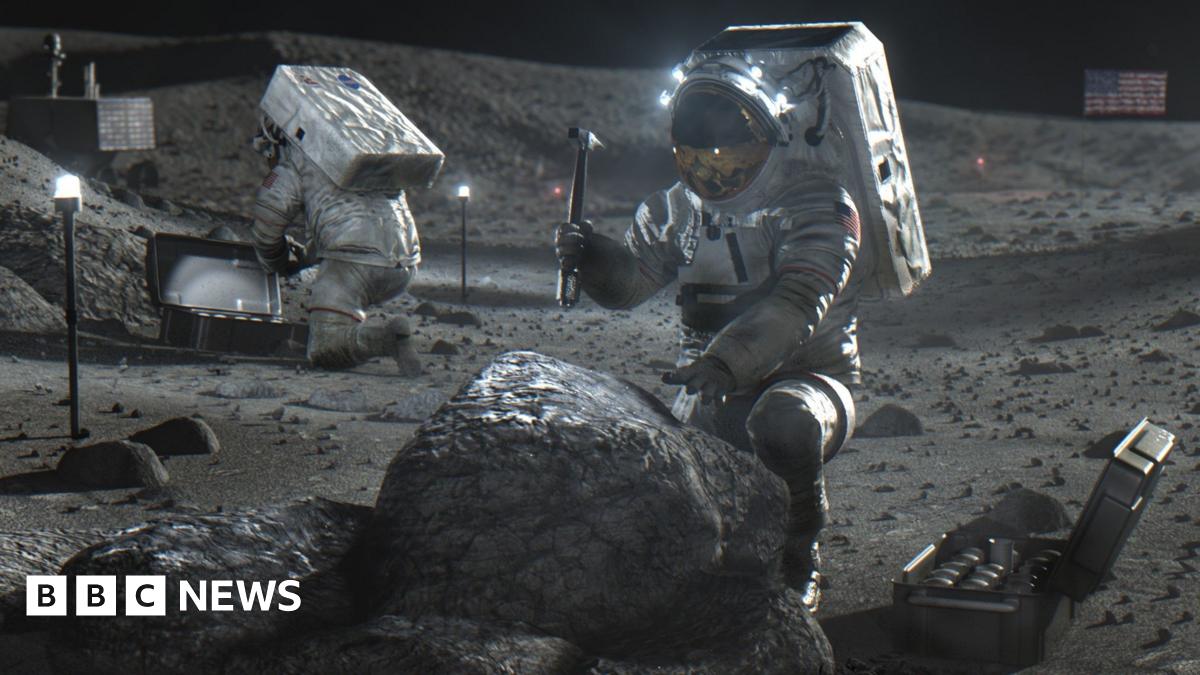Obviously the more resources that can be made on the moon the better.
Sierra Space’s system does require the addition of some carbon, though the firm says it can recycle most of this after each oxygen-producing cycle.
Along with colleagues, Palak Patel, a PhD student at the Massachusetts Institute of Technology, came up with an experimental molten regolith electrolysis system, external, for extracting oxygen and metal from the lunar soil.
“We’re really looking at it from the standpoint of, ‘Let’s try to minimise the number of resupply missions’,” she says.
When designing their system, Ms Patel and her colleagues addressed the problem described by Dr Burke: that low gravity could impede the detachment of oxygen bubbles that form on electrodes. To counter this, they used a “sonicator”, which blasts the bubbles with sound waves in order to dislodge them.
Ms Patel says that future resource-extracting machines on the moon could derive iron, titanium or lithium from regolith, for example. These materials might help lunar-dwelling astronauts make 3D-printed spare parts for their moon base or replacement components for damaged spacecraft.
The usefulness of lunar regolith does not stop there. Ms Patel notes that, in separate experiments, she has melted simulated regolith into a tough, dark, glass-like material.
She and colleagues worked out how to turn this substance into strong, hollow bricks, which could be useful for building structures on the moon – an imposing black monolith, external, say. Why not?
Credit: Source link











